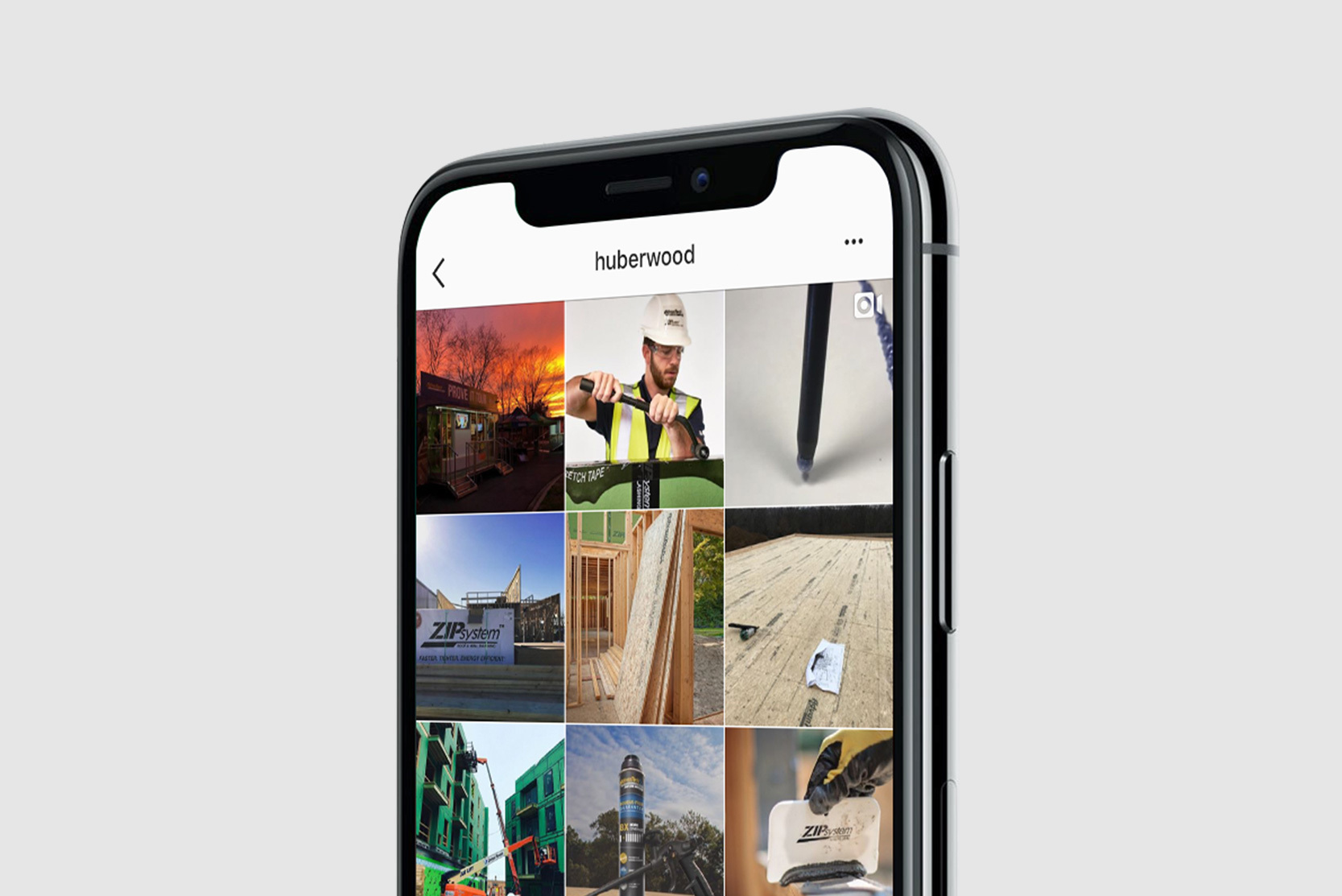3. Be selective about influencers.
With consumers becoming more selective not only about the brands that they interact with on social media but also the influencers, smart brands are taking a cue from the crowd by emphasizing who they will (and will not) partner with.
Because consumers are looking for more intimate and meaningful connections, micro- and nano-influencers are becoming more popular as a way to connect with highly engaged audiences. By listening to consumers to discover the specific home trends or experiences that interest them, you can home in on select influencers who best align with those consumers.
Take VELUX skylights, for example: Working with both micro- and nano-influencers, they reach a diverse range of potential customers who, despite differences in age, location or region, face similar problems in adding natural light to their home. After noticing that many homeowners were looking for ways to brighten small bathroom renovation projects, VELUX skylights partnered with Laura, the creative force behind Inspiration for Moms, on her own small bathroom renovation project. She extensively documented and shared the experience with her followers, who found the information engaging, relevant and timely.
Starting to see a meaningful trend here?
4. Prioritize your Instagram video strategy.
It’s no secret that video content is a key part of any social media strategy. In fact, video content will make up 82% of all internet traffic by 2022 according to Social Media Week. We’ve watched this trend take hold over the last couple of years, but that doesn’t mean it’s old news. As novel strategies and trends emerge, it’s important to fine-tune your approach to video for social media.
We already know how valuable YouTube and Facebook are for sharing video content, but this year, don’t underestimate the power of video on Instagram. We’ve started to approach Instagram as a three-channel platform with in-feed posts, stories and, now, the ever-growing IGTV. Each of these channels calls for its own approach for sharing video content, but there’s a lot to be said about the value of IGTV.
A channel for longer-form video (one-minute minimum), IGTV is a great space to put the spotlight on topics that are meaningful to your audience. Think design trends, product features and uses, how-tos and demos, customer testimonials — depending on the audience, your list could be even longer. For example, Huber Engineered Woods taps into its active builder audience through IGTV as way to provide product tips, answer frequent questions, share influencer testimonials and celebrate the builder audience. The best part about IGTV? Once the video is shared to IGTV, the first 60 seconds can be shared in-feed as a preview, and the entire IGTV post can be reposted or linked to in stories. One video, three channels. Now that’s meaningful.
As you tackle your social media strategy in 2020, remember there are more people using more social networks than ever before. Luckily, we also have access to better-than-ever tools for gathering and deciphering consumer data. However you approach social media this year, remember who’s at the other end of each post and ad: not a number, but a person building a life — and a home — for themselves.
Need help fine-tuning your social media strategy in 2020? Contact us.



